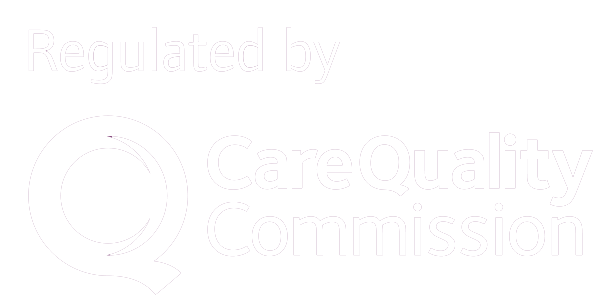FUE & DHI Hair Transplants
FAQS
FUE & DHI Hair Transplants: Find Answers to Your Hair Restoration Queries
*Carried out in Cosmetic Surgery of The Royal Liver Building our CQC registered Clinic
DHI Hair Transplants FAQS
FUE & DHI Hair Transplants: Find Answers to Your Hair Restoration Queries
*Carried out in Cosmetic Surgery of The Royal Liver Building our CQC registered Clinic
FUE & DHI Hair Transplants FAQS
All surgical procedures at Cosmetic Surgery of the Royal Liver Building are currently performed under local anaesthetic within our CQC-registered facilities.
FUE & DHI Hair Transplant FAQS
*Carried out in Cosmetic Surgery of The Royal Liver Building our CQC registered Clinic
Most patients are comfortable during and after hair transplant surgery by the FUE & DHI method. After administering the local anaesthetic, the patient does not feel any pain.
FUE & DHI are considered two of the safest procedures. In extremely rare cases, the transplant area can become infected, and tissue death can occur. You can encounter little to no side
effects that go away a few days after surgery. Side effects may include sensitivity, swelling and bruising.
Hair Transplants of the Royal Liver building's experienced surgical team will meticulously redistribute existing permanent hair to areas with hair thinning. The hair appropriated
from the donor site will behave similarly to where it is transplanted.
If FUE & DHI surgery are done correctly, it will last a lifetime for most people or at least into old age.
Working after surgery depends on your job and the activity, you will be carrying out. If your job is not physical or too strenuous, we advise you to return to work after a couple of days generally. If your job is particularly physical, the advisory return to work is 14 days. Avoid tight hats or helmets for at least one month.
POTENTIAL RISKS AND COMPLICATIONS
While both FUE and DHI are considered safe and minimally invasive, all surgical procedures carry some risks.
According to BAHRS guidelines, potential complications include:
- Swelling – Mild swelling around the forehead and eyes may occur but usually resolves within 3-7 days.
- Bleeding & Bruising – Some minor bleeding at the donor or recipient sites is normal but should stop within
- 24 hours.
- Folliculitis (Pimple-like Bumps) – Temporary inflammation of hair follicles may occur in the weeks following
- surgery but usually resolves on its own.
- Temporary Numbness – Some numbness or tingling in the donor or recipient areas may persist for a few
- weeks.
- Unnatural Hair Growth Direction – If follicles are not implanted correctly, hair may grow at an unnatural
- angle, though this is rare with experienced surgeons.
- Shock Loss – Some surrounding hairs may temporarily fall out post-surgery, but they will regrow within 3-6 months.
Seek Medical Advice If You Experience:
- Persistent redness, swelling, or pus discharge (signs of infection).
- Excessive pain that does not improve with painkillers.
- Prolonged bleeding beyond the first 24 hours.
- Sudden, excessive shedding beyond expected post-op hair loss.
POST-OPERATIVE CARE
Immediate Aftercare (0-7 Days)
- Keep your head elevated when sleeping to reduce swelling.
- Avoid touching, scratching, or rubbing the transplanted area.
- Use sterile saline spray (as prescribed) to keep the grafts hydrated.
- Do not wash your hair for 48 hours after surgery.
- Avoid direct sunlight, excessive sweating, and dusty environments.
Hair Washing Routine (After 48 Hours)
- Wash your hair gently using a paraben-free baby shampoo as per the doctors instructions.
- Use lukewarm water and avoid direct water pressure on the grafts.
- Pat dry with a clean towel—never rub.
Activity Restrictions
- No strenuous exercise or heavy lifting for two weeks.
- No swimming, saunas, or steam rooms for four weeks.
- Avoid tight hats or helmets for at least one month.
Patience is key—final results take up to 18 months for full hair maturity.
Our Hair Transplant procedures are performed under local anaesthetic for comfort, precision and fast recovery.
As our service continues to grow, we plan to introduce general anaesthetic options in due course, subject to all required approvals
Book your
consultation today!
And Start Your Hair Journey Today!
Book your consultation today!
Consultations are strictly available to individuals aged 25 and over. By booking, you confirm you meet this age requirement.Proof of age may be requested. We reserve the right to refuse consultation or treatment if this condition is not met






